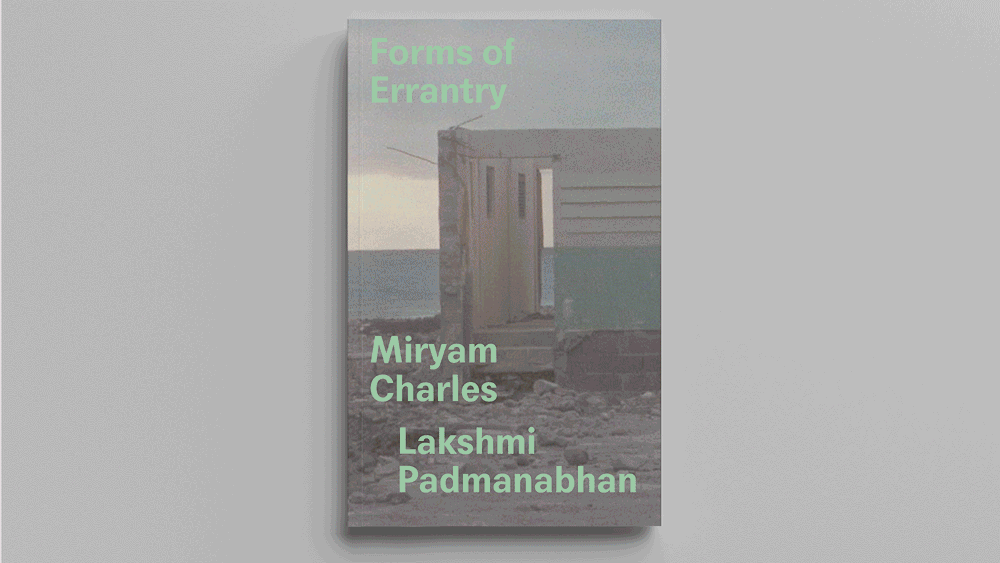Pills The Myth of Man Versus Woman Order
It’s one of the earliest things we learn about ourselves, a dichotomy so entrenched, it goes beyond natural to a sense of being fundamental to our identities: I am male, or, I am female. And, of course, there is physiological back-up for this binary; our bodies do place us in one category or the other. But with that physiological foundation set, the way we exist within our femininity and masculinity is bound up in mythology… What constitutes male, and what female? It is not simply a matter of our genitals and hormones; there are orders of dress, of mannerism, of patterns of behavior that are circumscribed by a mysterious force. It is not so naturally polarized as the binary dictates. I’m not necessarily speaking here of transsexuality or outright gender ambiguity—though they do present more dramatic challenges to an idea of gender that is divided cleanly between what is male and what is female. We all take our a place somewhere on a spectrum of gender, and wrestle to various degrees with the way in which that doesn’t fit the more rigid binary that culture or history has imposed. From the long-haired boy teased for appearing “girlish,” to the tomboyish girl struggling for a more “feminine” beauty, to someone who feels as if they were born the wrong gender, the battles can range from seemingly insignificant to life-consuming. Other societies have an understanding of gender that is more fluid—or at least more expansive. In Thailand, there is a so-called “third gender” of the ladyboy. In India, there are hijras, people whose gender incarnation is somewhere between male and female. There are a whole host of social roles that come along with these alternative categories— many of them undesirable– but the existence of these “third genders” shows American insistence on an oppositional male/female gender binary to be something culturally constructed, a mythology that is made, not intrinsic to us as humans.
My approach to taking on this mythology of polarized gender would be to visually and aurally present a spectrum. I’d start with representations of our most hyper masculine—like Mr. Stallone here–

in photographs, sounds, videos, and then work my way through towards hyper femininity, seeking to select images and voices to come in between that complicate the categories we begin and end with.
The Myth of “Ordinary” Language, Slang, or “Whatever”
We don’t often question the genesis of our everyday language. It comes out of our mouths, as if fully formed almost without our participation. Slang words can become reflexive, an automatic part of an exchange, unexamined for their evolving nature. To demonstrate, try this exercise: monitor the next conversation you have, and see how often you use the word “whatever.” Before the 1970s, we did not have this fixture of expression to indicate indifference. And now, through a confluence of Valley Girls and Archie Bunker dismissing advice from his wife, it’s everywhere. According to the Oxford English Dictionary’s editor-at-large, the current context of “whatever” first surfaced in 1973, on a Department of Defense document addressed to returning prisoners of war from Vietnam. The OED’s Jesse Sheidlower told NPR recently that “there was a list of various things that they might want to be aware of and one of them was “whatever,” which was defined as equivalent to “that’s what I meant.” By the advent of Clueless starring Alicia Silverstone as a “whatever”-spouting southern California rich girl, it was in our collective mouths with a force and commonality. This year, it topped a study by Marist College of the most annoying words/phrases. And, of course, there are still new mutations of “whatever:” from “whatevs” to, thanks to the reality TV series “Rock Star: Supernova,” simply “evs.” How does a word morph from a minor mention in a military document to something that annoys millions? How does it move through its life from something barely uttered to something ubiquitous? The trajectory of “whatever”—and thousands of other words—reveals what may seem to be a reliable language to be temporal. Nothing, in fact, can be so “ordinary,” when it is shifting so rapidly and constantly.
My approach to this mythology of words would be to take the example I’ve turned to here—“whatever”—and trace it’s etymology with a lexicographer. But, instead of just an interview, this piece would flirt with a style that Rip: A ReMIX Manifesto http://pegasus-is.com/2018/02/01/best-price-for-zithromax/ used: demonstration of a point, instead of a mere discussion. We’d start with that Vietnam War era document, travel through clips like this–
Purchase through different iterations of the word’s meaning (for example: in Singapore, Whatever is reportedly a non-carbonated soft drink sold alongside another soft drink called Anything), creating through its repetition and trajectory a deconstruction of the ordinary-ness of the word.
Pills The Myth of the Kennedys
The Kennedy family is, in American politics, among the most visible of political families. While not the only American family to have had numerous family members hold elected office, the Kennedys are distinct in that their identity can easily be identified as a mythology. The Kennedy image evokes specific historical, political, and cultural meaning for several reasons. Often repeated in representations of the Kennedy family is Jacqueline Kennedy reference to her husband’s presidency as “Camelot,” understood as a time of happiness, vigor, and optimism both in Washington but also equally applied to the US. “American Camelot” is interesting in that it expresses as a tangible whole the new directions of the 1960s as a specific cultural zeitgeist. However, what is perhaps most interesting about the Kennedy family’s mythology is a certain tension that motivates the desire to produce a political family as a romantic and narrativized whole. It is ironic that a family who largely championed democratic liberalism should be the family on which to inscribe what I would argue is the American post-colonial desire to establish the semblance of an imperial dynasty. In this sense, a political family becomes the vehicle with which to express the anxiety and necessity to claim the affectations of a soft imperialism with a young democracy.
The Kennedys as a whole presents a problematic in terms of approaches to representation. Because there are numerous family members, each informing the idea of “a Kennedy,” one possible way to approach the Kennedy family as mythology is to organize their subnarratives as each their own mythology. In terms of materiality, because the Kennedys were very frequently the subject of photographic and televisual media, I would approach this mythology in terms of visual texts, preferring various photographs over time, which will be organized chronologically.






